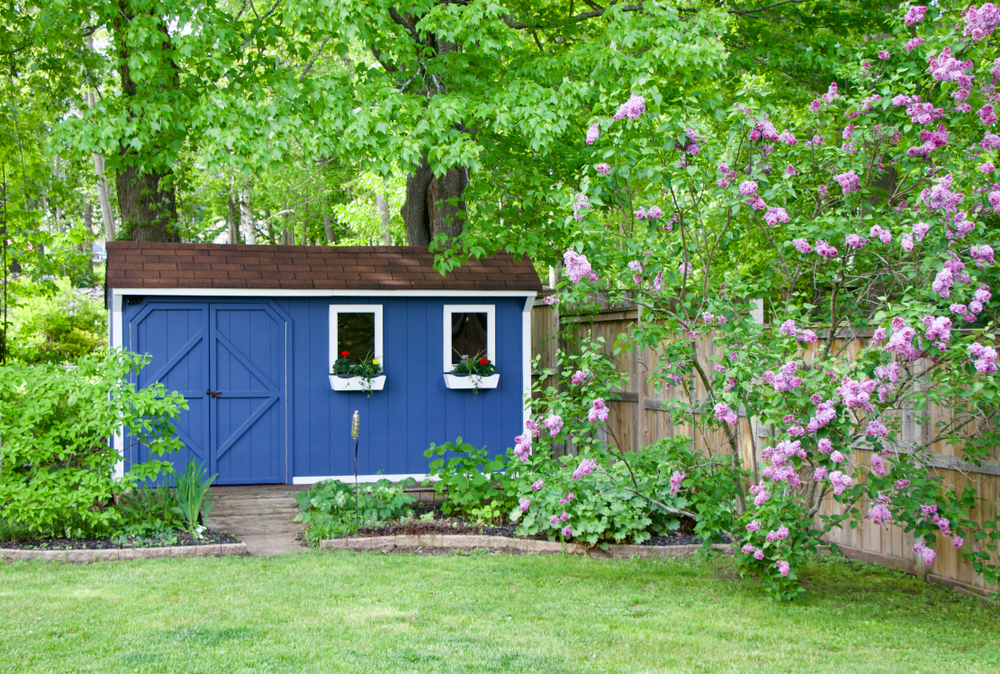When it comes to wooden DIY, a shed is one of the biggest yet most practical projects out there. Despite this, since a shed is built for the outdoors, you need to ensure that it’s crafted and maintained to withstand various weather conditions. Rising damp is a major cause of rot in garden sheds, meaning measures need to be taken to waterproof your shed. It all starts from proper initial planning and then regular maintenance can help extend your shed’s lifespan and protect all the equipment and tools stored inside.
Build the Right Base
First things first, you need to build the right base for your shed, as if it connects with the ground, it’ll get damp. Therefore, a wooden base is required, otherwise a patio or concrete slabs will need to be laid. These bases keep your shed watertight, as it’ll be raised from the ground, allowing for air circulation. If you’re opting for a wooden base, tanalised timber or pressure-treated timber should be used, as these are the best equipped to withstand rot. You might also consider the addition of a damp-proof membrane while positioning your shed on a patio or concrete base.

Treat with Wood Preservative
On a yearly basis, you should treat your shed with wood stain in order to protect it against the threat of insects and fungus. Although you should have treated your shed upon the initial installation, this treatment will weaken over time, meaning your shed will become more susceptible to issues in the future. Since you’ll want to administer regular treatment, it’s a good idea to keep all walls of your shed away from any other walls to allow for ease of access, as well as improved airflow to minimize the likelihood of damp problems.
Inspect Windows and Doors
If your shed is falling victim to damp issues, the problem area will likely be around your windows and doors. This is because, as openings, they may allow moisture to seep through. Therefore, if you identify any gaps in your window and door fittings, be sure to fill them using wooden splines, builder’s caulk, or expanding foam. For your doors, you can use draft excluder tape and the bottom should have a threshold installed so rain is unable to blow under the bottom. You can check your fittings for rot by poking them with a screwdriver; if it’s soft and crumbly it’s likely rotten.
Keep Gutters Clear
The purpose of gutters, whether they’re on a house or a shed, is to drain water away from the building. Therefore, it’s essential that gutters are kept clear so they can do they job and prevent damp issues from presenting themselves. If your shed is absent of gutters, you might install them and use a water butt to collect all the water that’s been drained. Not only does this keep your shed safe from the effects of the weather, but it also allows you to save water in the future when watering the plants.
Also read: 5 Ways to Waterproof a Basement
Inspect the Roof
A shed’s roof is probably the most vulnerable feature to the elements, especially when many shed roofs are crafted from felt that deteriorates over time. When inspecting the roof, be sure to pay close attention to the edges and ridge lines, as these are the areas the material is nailed down. As a result, gaps won’t be too far away that allow water to seep through. Fortunately, felt is easily patched, meaning any tears or holes in your shed’s roof can be amended with relative ease. Even in extreme cases, it’s not difficult to replace the entire roof.

